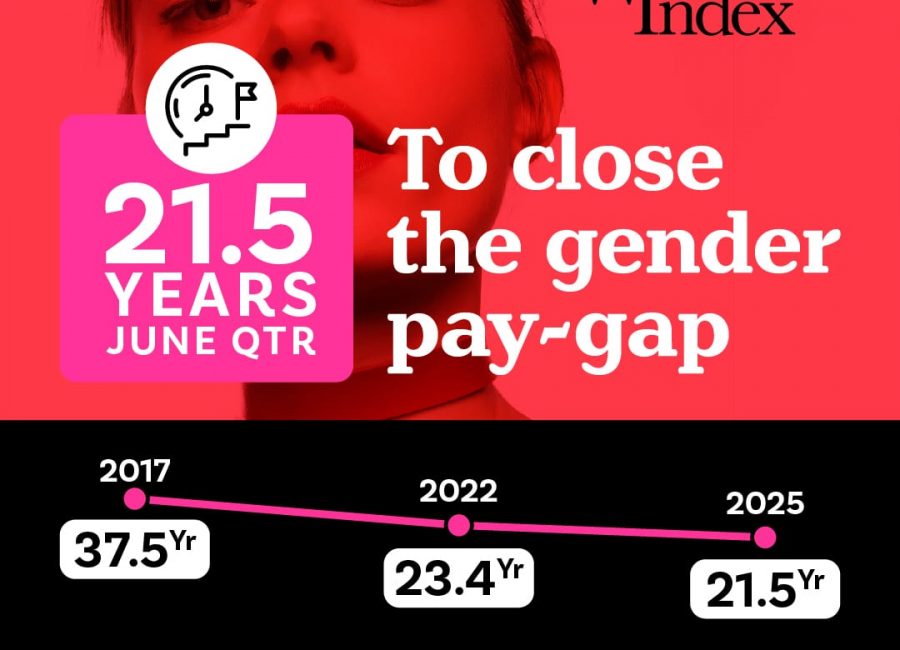The government’s new childcare subsidy estimator has been released but one woman who’s unlikely to find any savings is Tracy Le, a Melbourne-based investment banker on a top salary.
The nifty tool will allow some one million families to calculate hundreds if not thousands of dollars in future savings because of incoming childcare reforms.
But Le won’t be one of them, nor will about 15000 high-income families.
The Melbourne-based investment-banking mum says the government’s childcare reforms, which from July 1 2018 give more Australian families greater subsidies on childcare costs, are a bad idea.
“On paper it looks like means testing the childcare rebate takes from the rich to give to the poor.
“But from an economic and social point of view, by means testing the childcare rebate, the risk is that policies disincentivize women from returning to the workforce and the government potentially misses out on up to $30 billion in tax venue in the long run.
“For example, if I were on a salary of $150,000 a year and paid out $70,000 to send my two children to childcare, then by the time taxes and my HECs debt were paid, my take home income would be $30,000.”
The 34 year old argues that if, like many women, she decided that it wasn’t financially worth it to work full-time, or at all, the government would potentially lose up to $2-million in tax revenue over her working life.
Last year the government announced the most substantial childcare reforms in a decade, among them a soon-to-be introduced cut to the childcare rebate for about 15,000 families earning above $350,000 per year.
Okay, it’s true that $350,000 is a nice family income to have and is a lot more that the average wage of $70,000, but all the gender pay research suggests that women aren’t the ones earning most of this family income.
Despite earning less, women are more likely to compare their wages to the cost of childcare and weigh up the benefits – which is exactly what Tracy Le is doing.
Based on the 15,000 families affected by the subsidy cut, if each earned a similar income to Tracy and decided to quit the workforce, the government could lose up to $2-million in tax revenue that would have been paid by Tracy over her working life, potentially $30 billion in the long run across the board.
“If I were to give up working and then qualified for the childcare rebate, then the government would be losing out on about $46,000 in income tax revenue per year– money it would have to find from taxpayers elsewhere.
In this scenario, not only will the government be losing out on Tracy’s $46,000 per year tax contribution but Tracy will then be entitled to a childcare rebate of $2,808, making Australian tax payers overall worse off by $48,808 in lost tax revenue.
Under the current system, Tracy will have received $15,000 in rebates and paid $46,000 in taxes, still making her net contribution $31,000.
“Like many women returning to work full time, putting my daughter in childcare was one of the hardest decisions I’ve had to make, but I had to consider the financial implications of me not working and not just the short-term implications but the longer term implications too.”
“Returning to work after my second baby is starting to look more and more like a bad investment.
“I realize that childcare fees and the childcare rebate are not the only factors that drive a person’s decisions to stay or leave the paid workforce, but most of the time, it is a very real consideration that many women face.
“In most cases, when women leave the workforce they are giving up longer term financial empowerment and independence which can be a major obstacle in overcoming life’s challenges.
“I consider myself a net giver to this economy, and it just feels like the government has got this one wrong, if it makes women feel their families are better off being net takers,” Tracy said.
This article was first written for whimn.com.au as part of Financy‘s weekly contribution.












